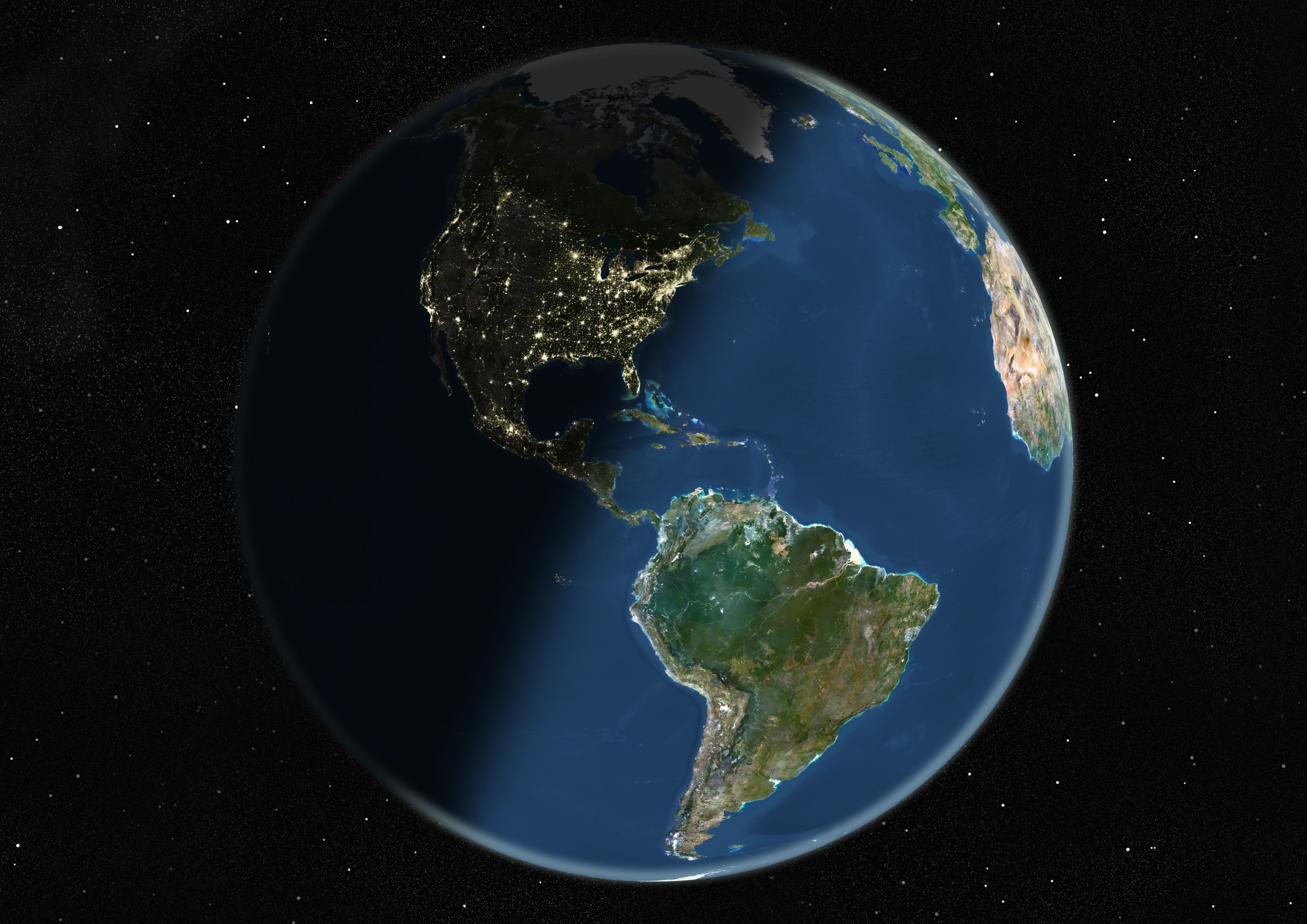
Brrrreaking news: In 2016, the first day of winter in the Northern Hemisphere is Wednesday. The season will begin at 10:44 UTC or 5:44 a.m. Eastern Time.
That means Wednesday is the day with the fewest hours and minutes of sunlight for the whole year, also known as the winter solstice. The word “solstice,” which means the sun has stopped moving, comes from the Latin solstitium, “from sol meaning ‘sun’ and ‘stit-‘ meaning ‘stopped, stationary’ from the verb sistere” according to the Oxford English Dictionary.
But the idea of the first day of winter is more complicated than you may think.
The reason Earth has seasons is because the planet is tilted, which causes the impact of the light from the sun to change throughout the year for different regions. Astronomical seasons are based on the sun’s position relative to the tilted Earth, and the winter solstice on Wednesday is a key part of that astronomical cycle.
“Think of the sun as traveling between what is called the winter solstice and summer solstice,” explains Ken Heideman, the Director of Publications at the American Meteorological Society. “The sun keeps moving northward until [on or around] June 21, when the sun’s rays are directly over the Tropic of Cancer. That’s astronomical summer. That’s as high in the sky as the sun is going to get for us. Then it starts moving towards the equator, and when it reaches the equator, that’s the autumnal equinox. Then it keeps going south until the sun is directly over the Tropic of Capricorn, as far south as it’s going to go and as far away from us as its going to be. That’s winter time.”
However, for meteorologists and climatologists, winter already began. By their count, it started on Dec. 1, 2016, in the Northern Hemisphere.
‘The alignment of the Earth’s axis doesn’t line up with traditional weather, or the common-sense idea of weather,” as James R. Fleming, a professor at Colby College in Waterville, Maine, who specializes in the history of geophysical science and meteorology, puts it. That’s because weather data is usually based on monthly temperatures. Since December, January, and February typically have the coldest temperatures on average in the Northern Hemisphere, these scientists consider that three-month period the winter season.
The winter solstice is also not to be confused with the coldest day of the year. There is about a one month lag (27.5 days to be exact) between the winter solstice and the day predicted to be the coldest the year, because it takes a while for the land to cool down, according to Greg Hammer, a meteorologist at NOAA’s National Centers for Environmental Information. “It’s like putting a pot of water on the stove,” says Kevin Trenberth, a senior scientist in the Climate Analysis Section at the National Center for Atmospheric Research, who calculates that the coldest day of winter 2016-2017 in the U.S. is expected to be around January 15th or 16th.
“A lot of warmth has been accumulating over July, August, September, October and November leading up to the winter solstice, so the really cold air hasn’t set in right [at the solstice],” Heideman explains. “It’s really the beginning of it.”
Get your history fix in one place: sign up for the weekly TIME History newsletter
So when did humans start tracking winter and the winter solstice?
The answer is lost in prehistory. As TIME has previously reported, ancient monuments are the only clue as to when humans started tracking solstices. “An ancient person in Africa, England or North America, might have sat cold and shivering in a certain point where they had natural mountains or boundaries, and looked off in the horizon waiting for sunrise,” says astronomer Mary Kay Hemenway, formerly of the University of Texas at Austin. “You do this for a long time, and you’ll be aware of which stars you see in the sky and anticipate where the sun is going to be each day. What they were doing is making a calendar. The solstice is the origin of having a calendar system.”
Real comprehension of the solstices and the astronomical seasons came later, after the heliocentric model of the solar system was introduced by Copernicus in 1543, adds Volker Bromm, professor of astronomy at the University of Texas at Austin.
Who defined meteorological winter may also not be totally clear either, but it may have been devised at some point during the early-to-mid 20th century when climatology became more quantitative, according to Fleming. He argues that “the need for the statisticians to generate seasonal averages” may date back to prominent Austrian meteorologist Julius von Hann, who, in 1897, stated that climate is sum of the average weather conditions.
But, whether or not people understood the reasons why winter had come, its beginning has long been noticed. Many cultures had feast days around the date of the winter solstice—including Christmas and Hanukkah. As Fleming puts it, many consider the winter solstice “a moment for celebration because from that point on, the days keep getting longer until we get back to summer.”
More Must-Reads from TIME
- Donald Trump Is TIME's 2024 Person of the Year
- Why We Chose Trump as Person of the Year
- Is Intermittent Fasting Good or Bad for You?
- The 100 Must-Read Books of 2024
- The 20 Best Christmas TV Episodes
- Column: If Optimism Feels Ridiculous Now, Try Hope
- The Future of Climate Action Is Trade Policy
- Merle Bombardieri Is Helping People Make the Baby Decision
Write to Olivia B. Waxman at olivia.waxman@time.com